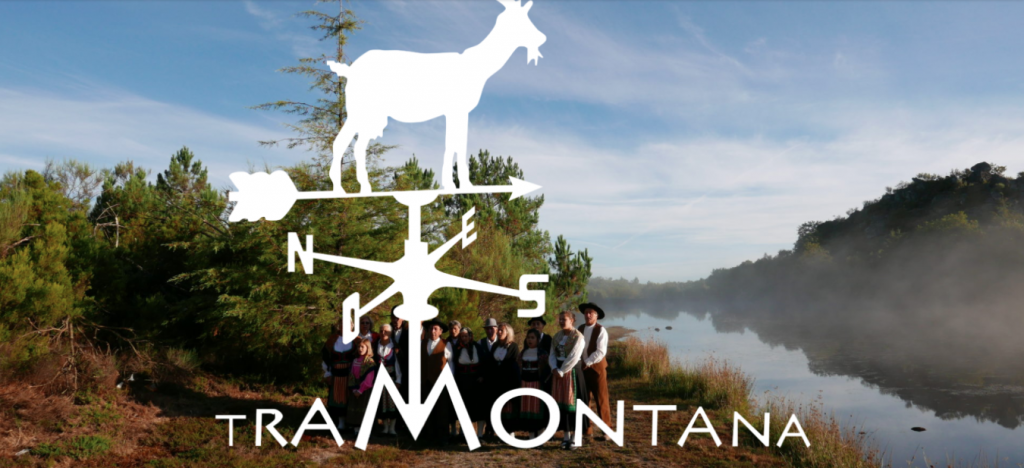
TRAMONTANA: Intangible cultural heritage of the mountains of Europe
“Tramontana Network” is a Creative Europe project that includes eight main partner organizations in six countries: France (3), Italy (2), Portugal (1), Spain (1) and Poland (1) and over 50 associated partners in eight European countries and its objectives are the documentation, treatment, restitution and dissemination of intangible heritage from rural and mountain communities of Europe.
The purpose of the Tramontana Network is to document, process, analyze, reproduce and disseminate, through innovative, participatory and dynamic means, the intangible cultural heritage of rural and mountain societies in Europe. This approach is inspired by the principles set out in the Convention for the Safeguarding of the Intangible Cultural Heritage, adopted in Paris on October 17th, 2003 by UNESCO. Established in 2011, the Tramontana Network now consists of eight members from five different countries, working in Spain (1), France (3), Italy (2), Poland (1) and Portugal (1), to which are added many associated partners in the member countries as well as two associated partners from Romania (2) and Albania (1), ie two external countries in relation to the main network.
All these entities, which have different and complementary histories, missions, approaches and methodological approaches, recognize and gather around the safeguarding and restitution of the intangible cultural heritage of the European mountains where they operate.
Within the framework of this project, based on our direct and prolonged knowledge of the included territories, by intangible cultural heritage we mean practices, representations, expressions, knowledge, as well as tools, objects, artifacts and spaces that local communities or individuals recognize as part of their cultural heritage.
The intangible cultural heritage of the mountains of Europe, one transmitted from one generation to another, is constantly regenerated by the different communities in response to their landscape and to their history. It generates and strengthens a sense of belonging, between continuity and evolution, which is a source of cultural diversity and the engine of human creativity. This heritage is also sustainable because it is the result of a precious balance between respect, development and protection of the environment. It is also universal in that it is meant to speak and challenge any individual or community.
The intangible heritage of mountain areas is a living testimony of the extraordinary cultural richness of contemporary Europe. It is a vector of social, cultural and even technical innovation and, because of its scope and unifying character, it could play a fundamental role in the present and in the future in the construction of European citizenship.
This present Creative Europe project is conceived as a necessary evolution of the Tramontana Network, oriented towards the creation and consolidation of a pan-European platform for action and cooperation focused on the intangible cultural heritage of mountain areas and communities. This territorial connection connecting various mountain areas is set up through the interaction of independent organizations, namely the eight main partners, as established in the cooperation strategy defined since the launch of the project in 2012. The independence of our organizations, far from being a limit, is functional to the flexible management of this project which, due to the complexity that characterizes it on several levels, requires being close to the field and communities, a constant mobility and systematic harmonization of approaches, languages and aims.
The present project is part of a strategy for the full affirmation of an innovative and integrated model of documentation, cataloging, transmission, research, artistic creation and dissemination of the intangible cultural heritage of the main mountain regions in Europe. This is a multidisciplinary aim that systematically refers to knowledge and practices that can be explored, deepened and enhanced.
The Tramontana III project seizes the opportunity to deepen and develop what has been achieved so far, in order to better promote the creative aspects and the bridges between research and artistic creation.